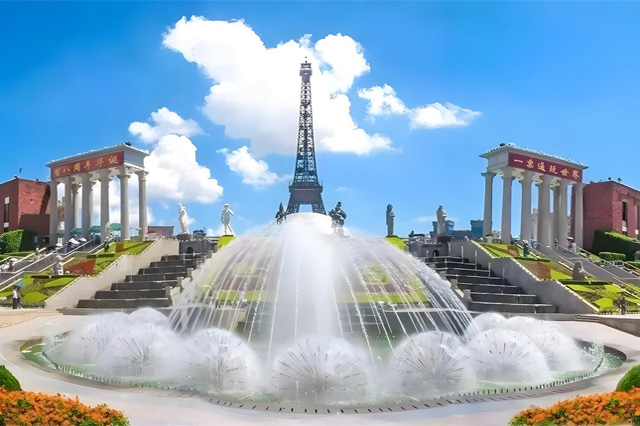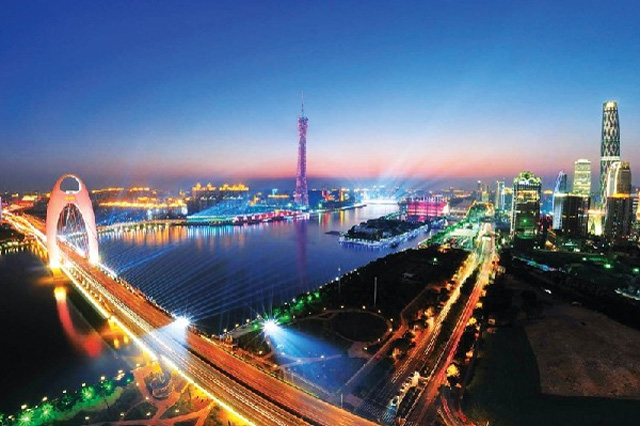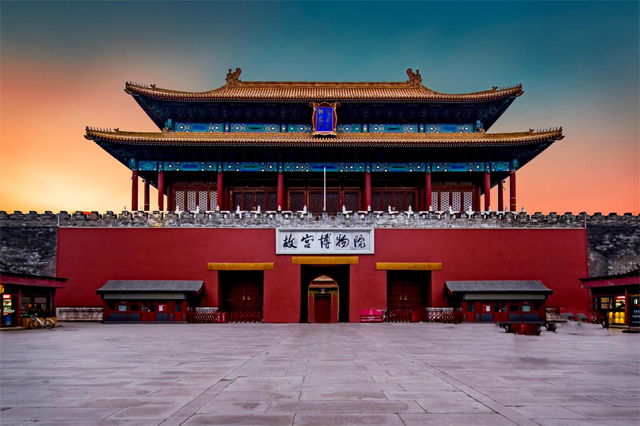呼和浩特十大旅游景点排行榜,品味草原风光与浓郁的民族文化!
- 中国旅游
- 2025-03-24 09:01
- 335
呼和浩特是蒙古语音译,意为“青色的城”,是内蒙古自治区首府,全区政治、经济、文化、科教和金融中心,被誉为“中国乳都”。呼和浩特历史悠久,文化底蕴深厚,有着两千多年的文字记载和建城历史。接下来小编就给大家整理汇总一下呼和浩特十大旅游景点排行榜,品味草原风光与浓郁的民族文化!
1. 大召寺
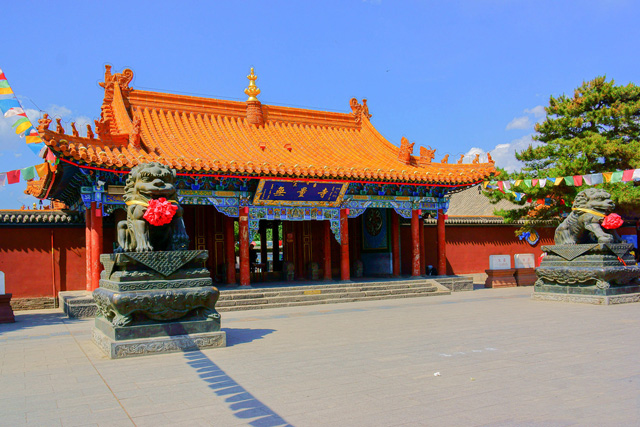
大召寺,位于中国内蒙古自治区呼和浩特市玉泉区大召前街,是呼和浩特最早兴建的喇嘛教寺院,也是内蒙古地区藏传佛教的活动中心和中国北方最有名气的佛刹之一。大召寺的蒙语称为“伊克召”,意为“大庙”,汉名原为“弘慈寺”,后改为“无量寺”,因寺内供奉一座银佛,又称“银佛寺”。
2. 敕勒川草原
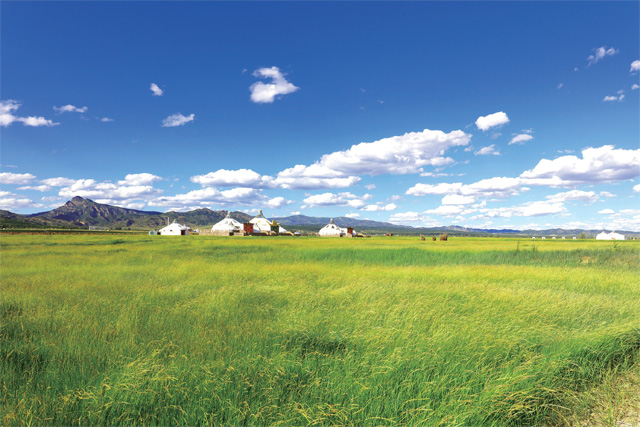
敕勒川草原,原名呼和塔拉草原,位于内蒙古自治区呼和浩特市新城区内蒙古少数民族群众文化体育运动中心附近,是集草原保护、修复、文化于一体,融合观光、休闲等多功能的自然生态草原旅游景区。这里拥有广阔的草原、丰富的文化资源和多功能的旅游项目,是游客休闲观光的理想之地。
3. 五塔寺
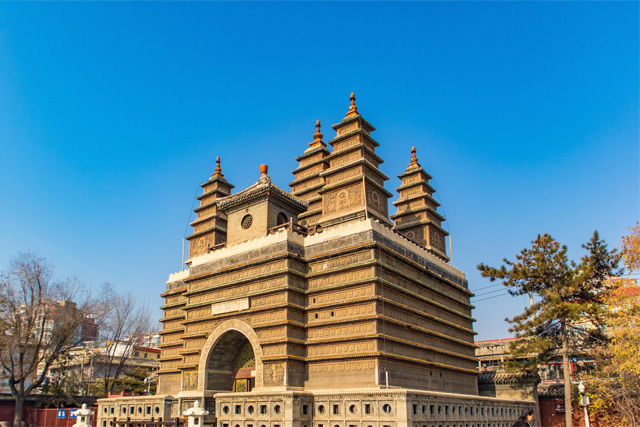
五塔寺位于呼和浩特市旧城东南部,原名金刚座舍利宝塔,因塔座上有五座方形舍利塔,故名为五塔寺。五塔寺塔高约16米,塔身均以琉璃砖砌成,塔身下层刻有金刚经经文,上层则镶嵌有数千尊鎏金小佛,雕刻精巧,玲珑秀丽。五塔寺不仅是一座佛教建筑,还融合了汉、藏、蒙三种宗教文化,是中国古代建筑艺术的杰出代表。
4. 塞上老街
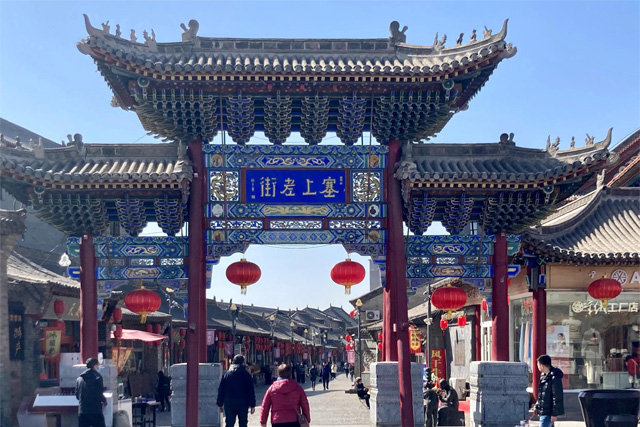
塞上老街位于呼和浩特市玉泉区大召历史文化旅游区内,是一条有着上百年历史的商业街区。整条街区建筑保留着明清式建筑风格,全长380米,被誉为老呼和浩特的旧影浓缩。这就是著名的“青城十六景”第四景“塞上老街”。塞上老街是呼和浩特的历史文化街区之一,第一批国家级夜间文化和旅游消费集聚区。
5. 席力图召
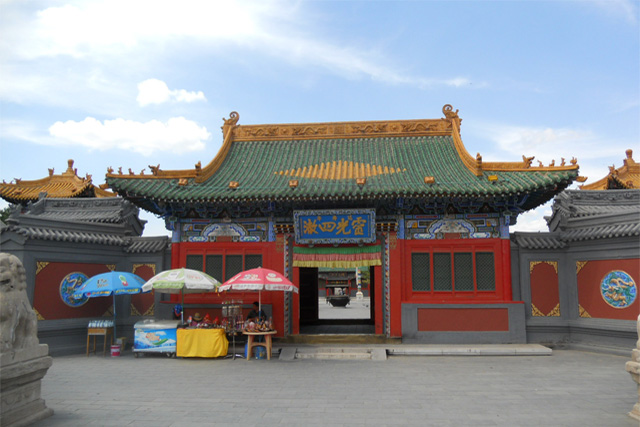
席力图召,位于内蒙古自治区呼和浩特市玉泉区,是一座历史悠久且规模宏大的藏传佛教寺院。它不仅是呼和浩特市最大的寺庙之一,也是内蒙古地区重要的宗教和文化地标。席力图是蒙古语,意为“首席”或“法座”,汉名“延寿寺”,寺庙因四世达赖的老师第一世席力图活佛长期主持此庙得名。
6. 清真大寺
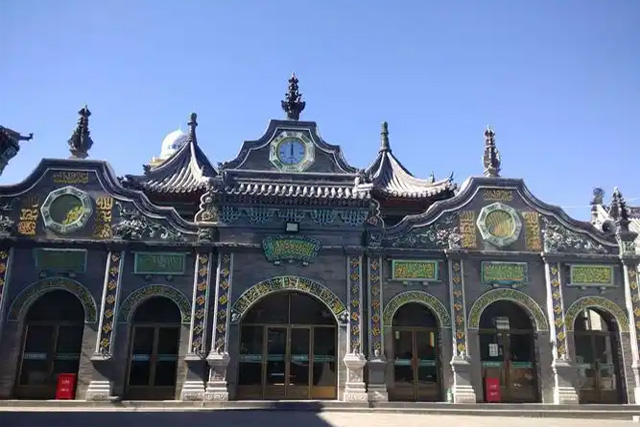
呼和浩特清真大寺,位于内蒙古自治区呼和浩特市回民区通道南街28号,始建于清康熙三十二年(1693年),是呼和浩特市建筑年代最早、规模最大的一座清真寺。清真大寺不仅是一座宗教建筑,更是中华民族文化多样性的体现,融合了汉族、伊斯兰乃至西方元素,展现出极高的艺术价值。
7. 昭君博物院
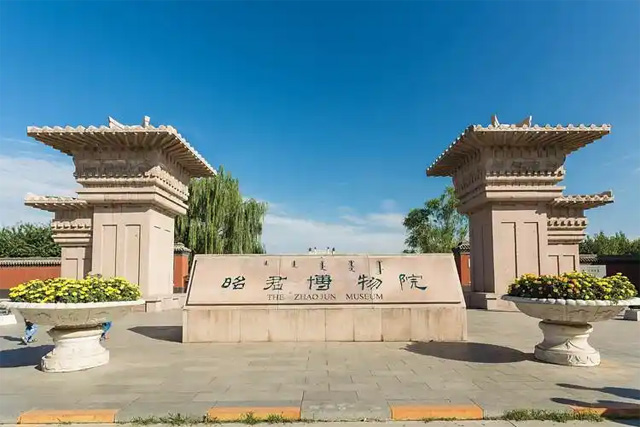
昭君博物院位于呼和浩特市玉泉区,是以匈奴历史博物馆、中国古代和亲文化馆为基础,以全国重点文物保护单位王昭君墓遗址为依托的一座遗址型博物院;也是以昭君出塞佳话及其王昭君墓系列纪念性设施为主体,集研究、收藏、保护、阐释、展示和游览为一体的公共文化空间,是首个全面展示昭君出塞为代表的各民族交往交流交融故事专题博物馆。
8. 伊斯兰风情街
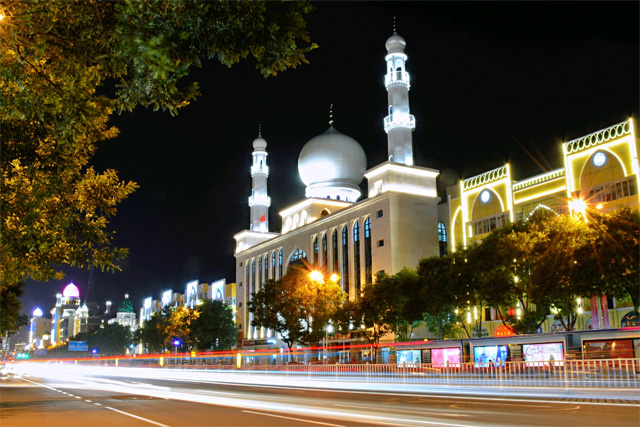
伊斯兰风情街位于呼和浩特市回民区,是一条充满浓郁伊斯兰文化氛围的特色景观街。街道两侧的建筑以叠涩拱券、穹隆和彩色琉璃砖装饰,展现出宏伟的气势和浑厚饱满的风格。这里不仅有清真大寺、乌兰夫纪念馆等宗教和历史建筑,还有艾博伊和宫、九鹏商厦等现代商业设施。
9. 青城公园
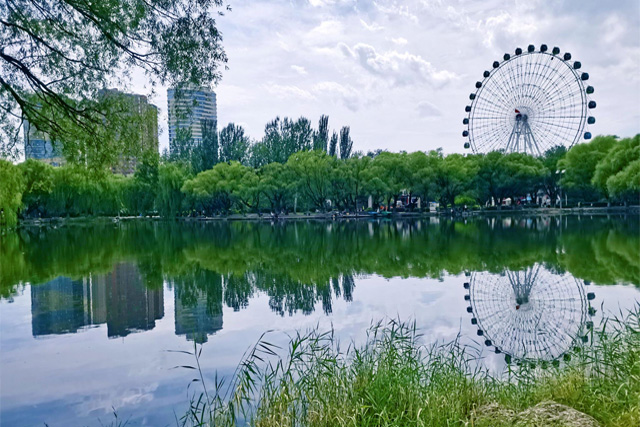
青城公园始建于1931年,因以卧龙岗和老龙潭为主要景点而建,故初称为“龙泉公园”。青城公园总面积46公顷,是集园林景观、人文历史、休闲娱乐、健身运动为一体的文化休闲综合型公园,园内杨柳参天、繁花似锦、百鸟啼鸣,是市内主要游览地之一,也是呼和浩特市主城区的天然“绿肺”。
10. 内蒙古博物院
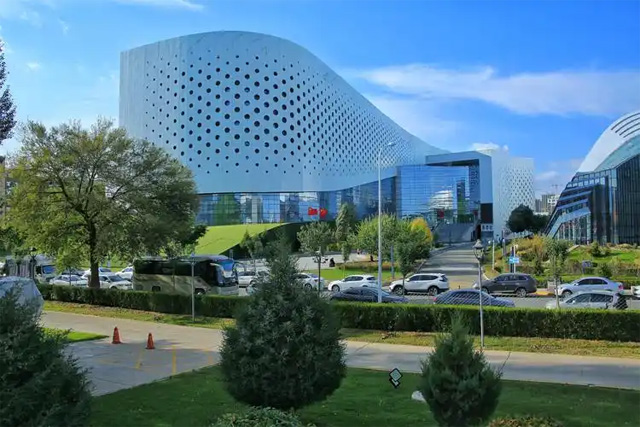
内蒙古博物院位于内蒙古自治区呼和浩特市新城区新华大街程,展馆建筑面积6.4万平米,展览面积1.5万平米,是全区最大的集收藏、保护、研究、展示、教育和服务于一体的综合性博物馆,也是内蒙古自治区首个国家一级博物馆。内蒙古博物院现有藏品15万余件套,涵盖旧石器时代至明清各个朝代的历史文物、近现代革命文物、民族民俗文物、古生物化石及现代生物标本。
This article is edited and published by Journey Mark. If you have any questions, please feel free to contact us at any time.
Article Link:https://www.topvvv.com/en/China/72.html

